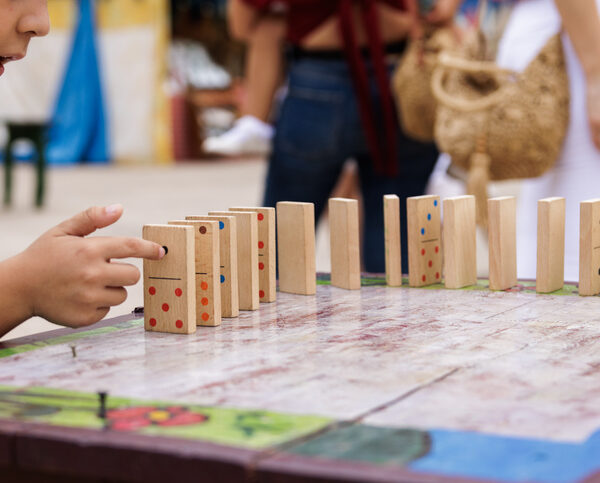Can finger counting help children with mathematical development? Experts weigh in

Early childhood teachers, particularly those working with children in their first years of school, have differing opinions on the value of finger counting (using the fingers to keep track of numbers as part of counting.)
Some teachers consider finger counting use in children to signal that they are struggling with math, while others associate its use as advanced numerical knowledge. In a new Child Development study, researchers at the University of Lausanne in Switzerland and digital pedagogical and collaborative network Lea.fr, Editions Nathan in Paris, France, explored whether a finger counting strategy can help kindergarten-aged children solve mathematical problems.
Adults rarely use their fingers to calculate small simple sums (such as 4+3), and the presence of such behaviours can signal a poor understanding of mathematics, or a cognitive impairment.
However when young children, those aged between four and six years, use their fingers to solve such problems they are recognised as intelligent, probably because they have already reached the level of abstraction allowing them to understand that a quantity can be represented by different means.
Once children are over eight years of age, the use of finger counting again becomes a signal that there may be some mathematical challenges at play.
The current study aimed to determine whether children who do not count on their fingers can be trained to do so and whether this training would result in enhanced arithmetic performance.
The study focused on 328 five and six-year-old kindergarteners (mainly White European living in France) and tested their abilities to solve simple addition problems. Participating children were recruited through their teachers who voluntarily took part in the experiment.
Teachers were required to register through a digital pedagogical and collaborative network – Lea.fr – which was used to provide them with the materials and procedure details to implement the intervention program in their classrooms. The study included a pre-test, a training held over two weeks, a post-test closely after the training’s end, and a delayed post-test.
The results show an important increase in performance between pre- and post-test for the trained children who did not count on their fingers originally (from 37 per cent to 77 per cent of correct responses) compared to non-finger users in the control group (from 40 per cent to 48 per cent). These results were replicated in an experiment with an active control group instead of a passive control group. This is the first study to show that children’s performance in arithmetic can be improved through explicit teaching of a finger counting strategy.
Researchers suggest that since children who use their fingers to help solve math problems outperform those who do not, teaching a finger counting strategy could help reduce inequity among children in mathematics. However, whether children who use finger counting are using it as an arithmetic procedure or understand something deeper about numbers will still need to be determined with future research.
Access Finger counting training enhances addition performance in kindergarteners using the link provided.
Popular

Workforce
Quality
Research
When did it start to go wrong?
2025-12-18 08:00:46
by Fiona Alston

Quality
Practice
Research
Small ways to teach babies and toddlers body safety and consent in early learning
2025-12-15 08:00:40
by Fiona Alston

Quality
Research
Food safety in early learning centres: Protecting children through better practices
2025-12-15 07:45:24
by Contributed Content















